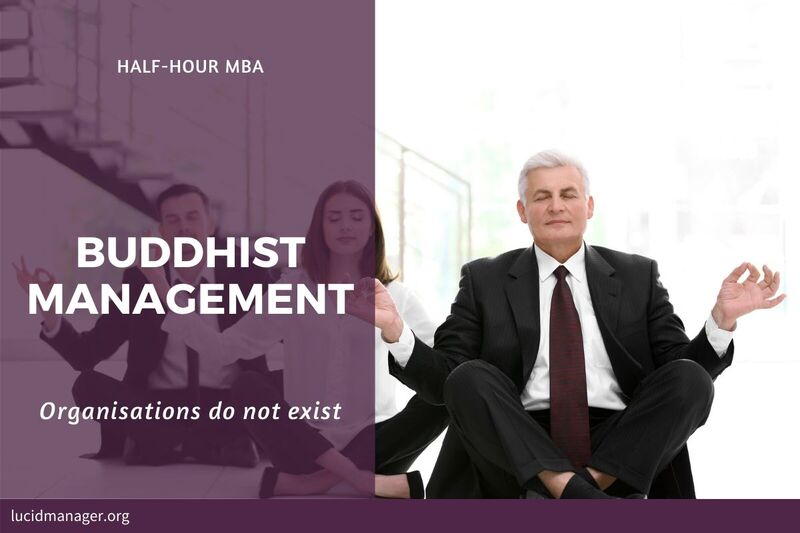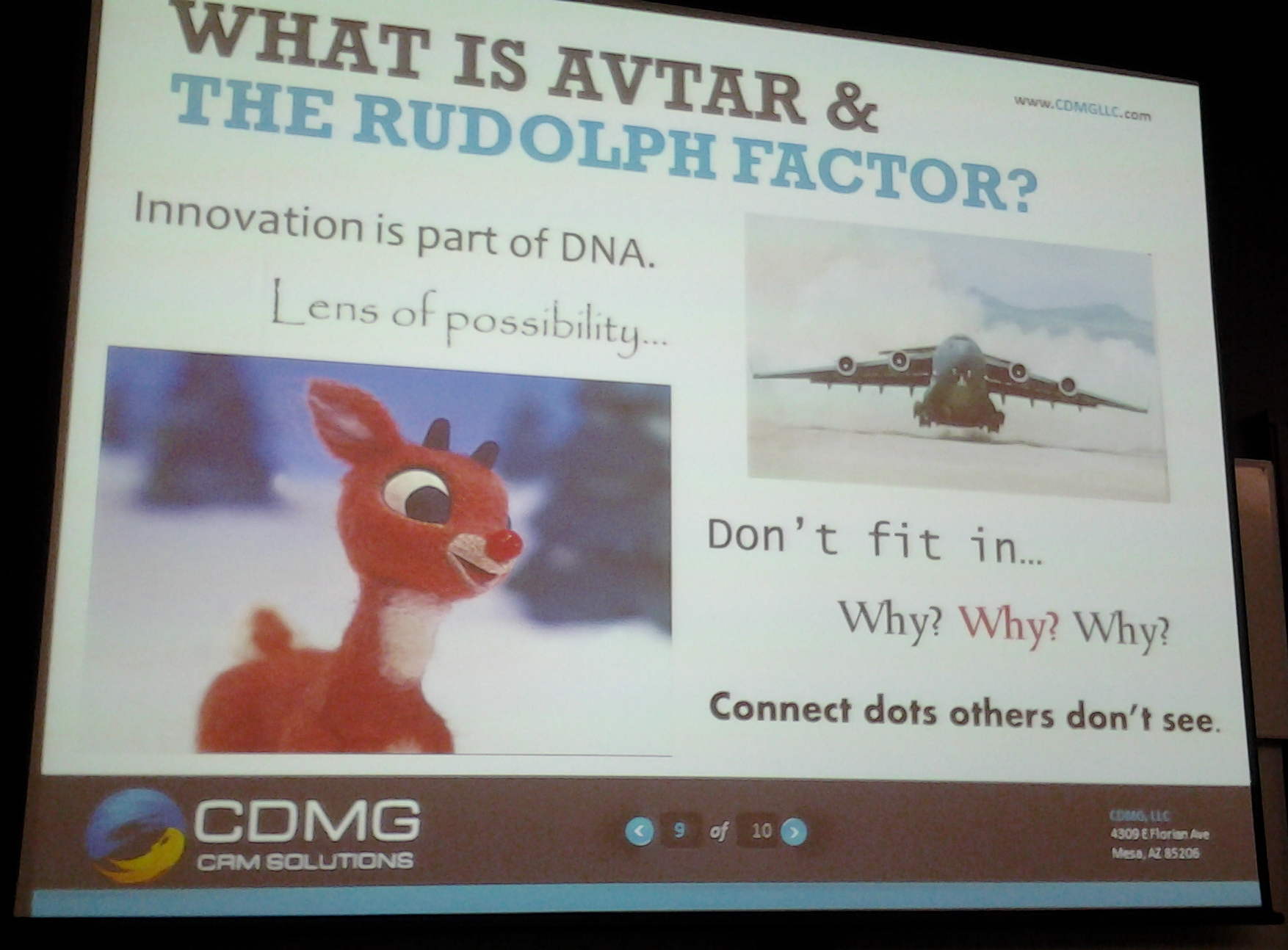
Buddhist Management: Organisations Do Not Exist

Peter Prevos |
366 words | 2 minutes
Share this content
Yesterday, Cyndi Laurin presented at the 2012 World Business Capability Conference in Auckland about The Four Pillars of Organizational Greatness. Cyndi discussed one analogy that stuck in my mind as it took me back to my days as a philosophy student.
Cyndi asked which part of a car is the most essential. The audience mentioned several options, and then it dawned on me that this analogy is much like a famous line of reasoning in Buddhist philosophy about the self, which I will use to show that there is no such thing as an organisation and that no one part of an organisation is essential or more important than another.

The idea of the firm in Buddhist management
The Buddhist management view of the firm would be that there is no such entity, illustrated by a debate between King Milinda and the Buddhist monk Nagasena.
Following the analogy used by the monk, we can compare a firm with a chariot, or in more modern terms a car. None of the individual parts of the car (the wheels, the engine, the radio and so on), are the car. Nor can you say that the combination of the parts is the car. We can not discover a firm at all, only the word that denotes the idea of the business.
A business consists of its parts, just like a car does. None of the components of the firm, however, are the firm. No part is less important than the other—although followers of the Lean philosophy will disagree on this one.
The Buddhist management argument extends to management in that a firm is not about its constituent parts, but a firm is a cycle of cause and effect, or in Buddhist terms, Karma. A firm is not about its CEO, the share price, employees, customers or fancy headquarters. A company, just like a person, is defined by the actions it takes and their results.
Following the Buddhist view to its conclusion, there is only one pillar of organisational greatness: the actions taken by the organisation and the impact these actions have on the beneficiaries.
Share this content


